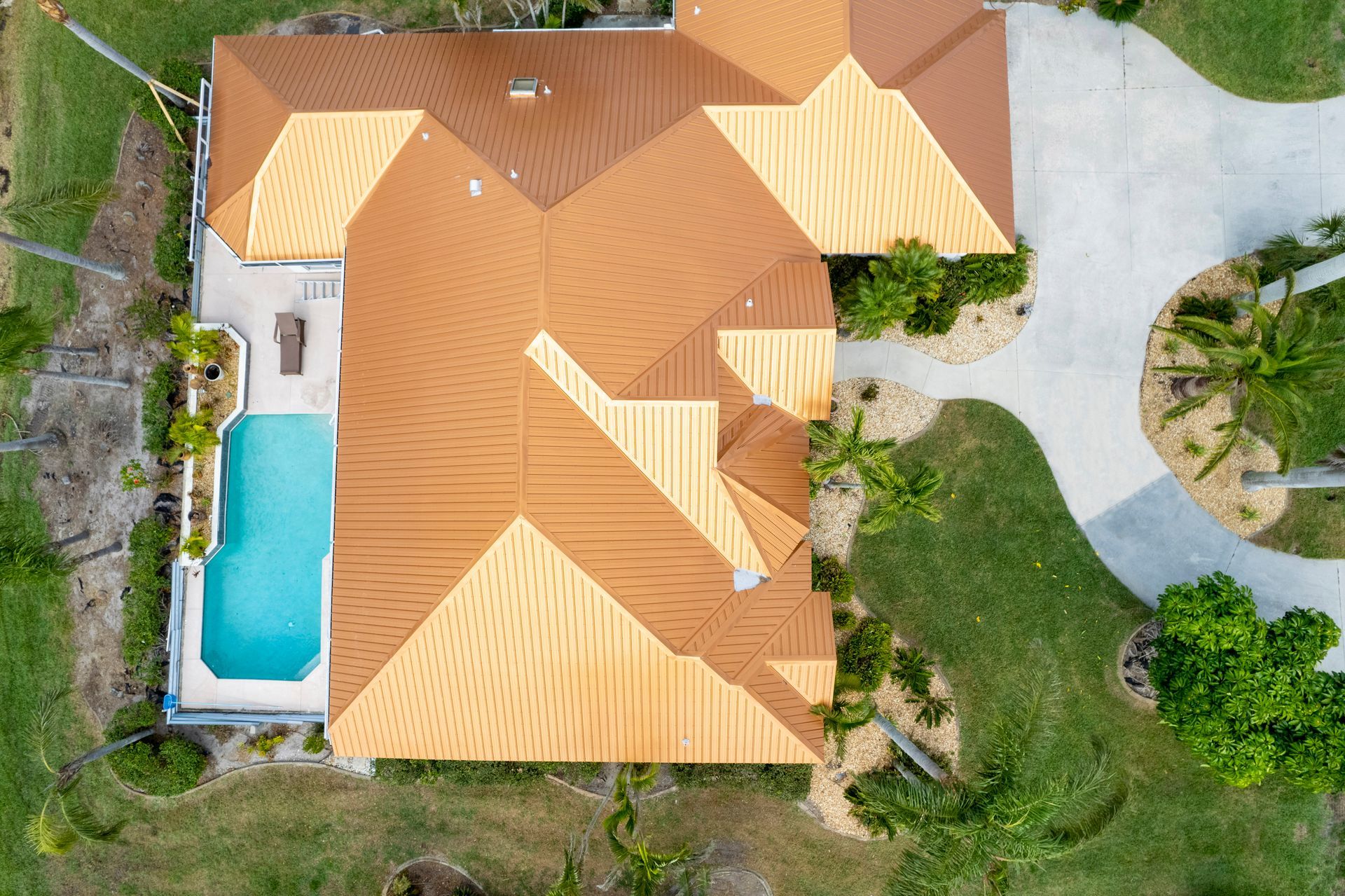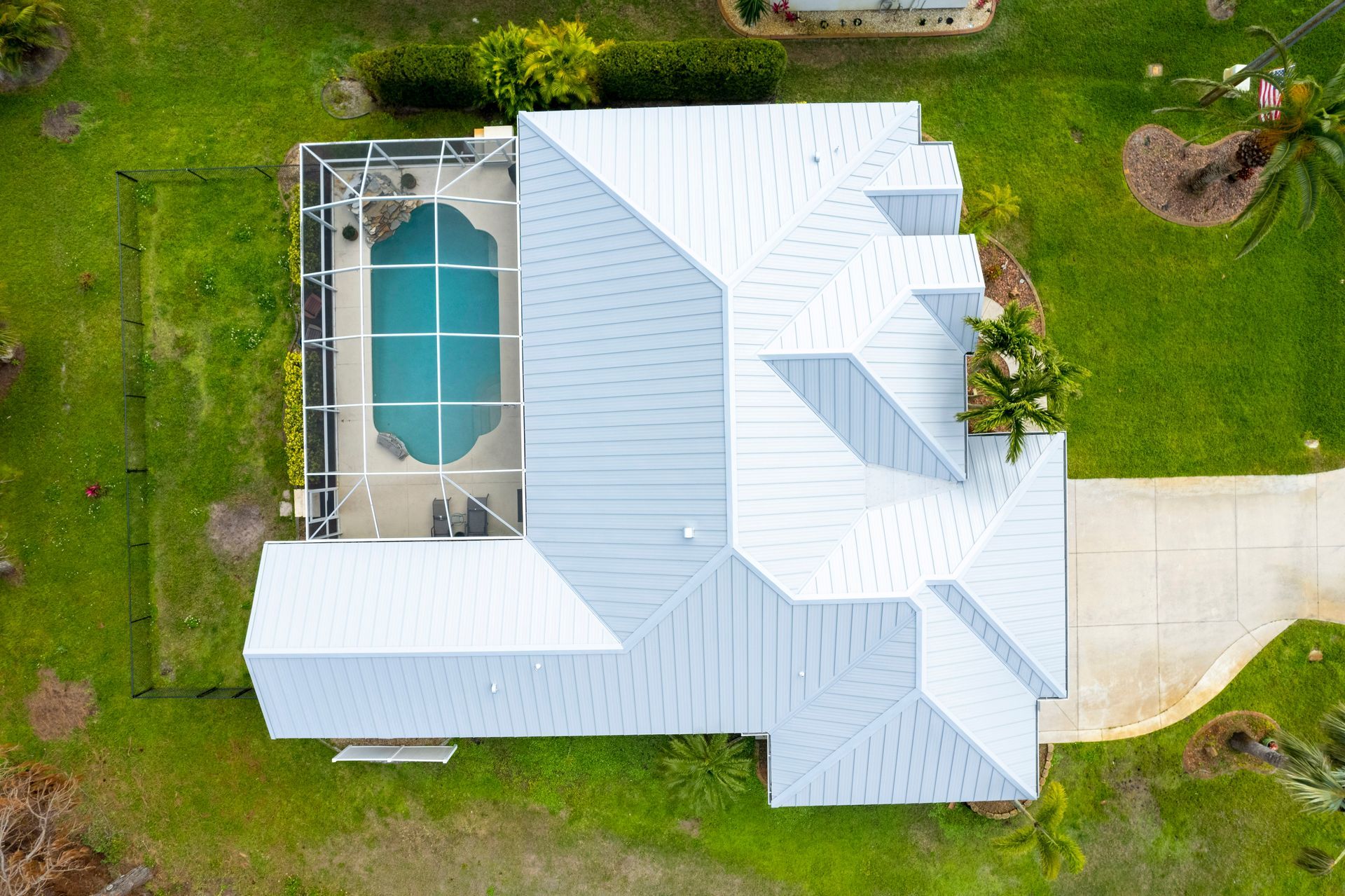Capital Expenditure Planning: How to Budget for a Commercial Roof Replacement
Understanding Capital Expenditure and Commercial Roofing
Capital expenditure, or CapEx, refers to the funds a business allocates for acquiring, upgrading, or maintaining long-term physical assets. In the context of commercial roofing, replacing a roof is considered a CapEx investment because it involves significant upfront costs but provides enduring value to the business. Unlike routine repairs or maintenance, a roof replacement impacts the building’s longevity, energy efficiency, and overall functionality, making it a strategic decision that aligns with long-term operational goals.
Commercial roofs are critical components of any facility, protecting the building and its occupants from environmental damage. Replacing a roof requires careful planning and budgeting due to its high cost and complexity. Business owners should view this as an opportunity to enhance their property's value rather than just an expense. With proper planning, such as consulting experts like those at All Weather Tite , businesses can ensure their roof replacement project delivers maximum return on investment.
Key Cost Drivers in Commercial Roof Replacement
The cost of replacing a commercial roof depends on several key factors, starting with the size of the roof itself. Larger roofs require more materials and labor, increasing the overall expense. Additionally, the type of materials chosen plays a significant role; premium options like metal or PVC may have higher upfront costs but offer greater durability and energy efficiency. Labor costs also vary based on the complexity of the job, geographic location, and the contractor’s expertise.
Project complexity often stems from the building’s structure, existing roof condition, and accessibility. For example, removing old roofing layers or dealing with unique architectural features can add to the time and effort required. Permits and regulatory compliance further influence expenses, as local codes dictate safety standards and installation requirements. These factors must be accounted for early in the planning process to avoid unexpected delays or costs.
Geographic location is another major driver of costs. Areas prone to extreme weather conditions , like heavy snowfall or hurricanes, may require specialized materials and reinforcements. Similarly, urban locations might face higher labor rates compared to rural areas. Understanding these variables helps businesses create a realistic budget and ensures they’re prepared for all aspects of the replacement process.
Assessing Your Roofing Needs: Inspection and Scope Determination
A professional inspection is the first step in determining whether your roof needs a full replacement or if targeted repairs will suffice. Inspectors assess the current roof’s condition, identifying issues like leaks , structural damage, or worn-out materials. This evaluation provides valuable insights into the scope of work required and helps prevent unnecessary spending on partial fixes when a full replacement or if targeted repairs will suffice in the long run.
Defining the scope of work ensures that everyone involved—from contractors to financial planners—has a clear understanding of the project requirements. It also allows for accurate estimates and timelines. Partnering with experienced professionals, such as those at All Weather Tite , ensures thorough inspections and expert guidance throughout this phase of planning.
Choosing the Right Roofing Materials and Systems
When selecting materials for a commercial roof replacement, options include thermoplastic polyolefin (TPO) , ethylene propylene diene monomer (EPDM) , polyvinyl chloride (PVC), and metal systems. Each material has distinct advantages in terms of cost, durability, energy efficiency, and suitability for specific climates. For instance, TPO is known for its reflective properties, which can reduce cooling costs, while metal roofs excel in durability and longevity.
Balancing upfront costs with lifecycle value is crucial when choosing materials. While some options may seem cheaper initially, they could lead to higher maintenance expenses over time. Investing in high-quality materials backed by strong warranties can save money in the long term. Consulting with specialists who understand these nuances, like the team at All Weather Tite , ensures you make informed decisions tailored to your building’s needs.
Estimating and Managing the Total Project Budget
Developing an accurate budget begins with gathering multiple bids from reputable contractors. Comparing quotes allows you to evaluate pricing structures and identify potential discrepancies. Be sure to ask for detailed breakdowns of costs , including materials, labor, permits, and disposal fees. This transparency helps uncover hidden charges and ensures no surprises later in the project.
In addition to direct costs, indirect expenses like temporary closures or lost productivity during construction should be factored in. Setting aside a contingency reserve is essential to cover unforeseen issues, such as discovering additional structural damage mid-project. Industry best practices suggest allocating 10-15% of the total budget for contingencies, ensuring smoother progress even if challenges arise.
Using digital tools like spreadsheets or project management software can streamline budget tracking and keep stakeholders informed. Regular updates and open communication with contractors help maintain accountability and prevent cost overruns. By staying organized and proactive, businesses can manage their budgets effectively while achieving successful outcomes.
Financing Options for Roof Replacement Projects
Funding a commercial roof replacement can be achieved through various financing mechanisms. Many companies rely on capital expenditure reserves specifically earmarked for large investments like roof replacements. Alternatively, commercial loans or lines of credit provide flexibility for immediate funding needs without depleting cash reserves.
Leasing arrangements and government programs supporting energy-efficient upgrades are other viable options. Programs promoting cool roofs or improved insulation often come with tax incentives, reducing the overall financial burden. Evaluating these alternatives helps businesses choose the most suitable solution based on their financial situation and long-term goals.
Evaluating Warranties and Long-Term Roof Maintenance
Material and installation warranties are vital safeguards for your investment in a new commercial roof. A robust warranty typically covers manufacturing defects, premature wear, and faulty installations, offering peace of mind and protection against costly repairs. Look for comprehensive coverage details, including duration and exclusions, before finalizing your decision.
Beyond warranties, ongoing preventive maintenance is key to extending the roof’s lifespan and preserving its performance. Regular inspections, cleaning gutters, and addressing minor issues promptly can prevent larger problems down the line. Incorporating these practices into your annual operating budget ensures sustained value from your roofing investment.
Incorporating Energy Efficiency and Tax Incentives
Upgrading to energy-efficient roofing solutions, such as cool roofs or enhanced insulation, not only reduces utility bills but also qualifies for potential tax credits and rebates. Reflective roofing materials minimize heat absorption, lowering air conditioning demands and contributing to sustainability goals. These benefits align with modern trends toward environmentally responsible building practices.
Taking advantage of federal, state, or local incentives can significantly offset initial costs. Research available programs related to energy-efficient improvements and consult with professionals to determine eligibility. By combining smart material choices with financial incentives, businesses can achieve both economic and ecological advantages.
Project Planning, Scheduling, and Minimizing Disruption
Creating a detailed construction timeline minimizes disruptions to daily operations. Consider seasonal factors, as certain months may offer better weather conditions or reduced contractor availability. Coordinating closely with your chosen contractor ensures alignment on deadlines and expectations, fostering a collaborative working relationship.
Clear communication with employees, tenants, and customers about the project schedule and anticipated impacts demonstrates professionalism and builds trust. Providing advance notice of noise, restricted access, or temporary closures helps mitigate frustration. Thoughtful planning and execution contribute to a seamless experience for all parties involved.
Post-Installation Considerations: Inspection and Compliance
After installation, conducting a final inspection ensures the new roof meets safety standards, complies with local codes, and fulfills warranty requirements. Documenting the completion process, including contractor sign-offs and any post-installation adjustments, creates a record for future reference. Addressing any outstanding concerns promptly guarantees the roof performs optimally from day one.
Common Budgeting Mistakes to Avoid
Underestimating contingency funds and ignoring indirect costs are common pitfalls in roof replacement budgeting. Failing to account for these elements can lead to financial strain and project delays. To avoid such mistakes, conduct thorough research, seek expert advice, and incorporate buffer amounts into your budget.
Another frequent error is neglecting to plan for ongoing maintenance. A well-maintained roof lasts longer and performs better, underscoring the importance of dedicating resources to regular upkeep. Learning from these lessons positions businesses to approach their roofing projects with confidence and precision.
Sample Budget Template for Commercial Roof Replacement
A practical budget template includes categories like materials, labor, permits, disposal fees, contingency reserves, and indirect costs. Breaking down each component into line items offers clarity and facilitates accurate tracking. Sharing this framework with stakeholders promotes transparency and supports effective decision-making.
Frequently Asked Questions
What is the average cost per square foot for commercial roof replacement?
The average cost per square foot for commercial roof replacement ranges from $4 to $12, depending on material choice, complexity, and location. Factors like roof size, accessibility, and regional labor rates influence these averages. Consulting with experts provides tailored estimates based on your specific circumstances.
How long does it take to replace a commercial roof?
Typical timelines for replacing a commercial roof range from a few weeks to several months, depending on size, complexity, and weather conditions. Planning around optimal seasons and coordinating efficiently with contractors helps expedite the process while minimizing disruption.
What financing options are available for commercial roofing projects?
Businesses can explore financing options like CapEx reserves, commercial loans, leasing agreements, and government incentives for energy-efficient upgrades. Each option comes with unique benefits and considerations, making it important to evaluate them carefully based on your financial strategy.
How much contingency should I set aside for unexpected costs?
Industry best practices recommend setting aside 10-15% of the total project budget as a contingency reserve. This cushion accounts for unforeseen challenges and ensures smoother progress despite unexpected obstacles.
What are the warranties typically offered for new commercial roofs?
New commercial roofs usually come with warranties ranging from 10 to 30 years, covering materials and installation. Understanding the specifics of coverage, limitations, and exclusions is crucial for maximizing protection and avoiding disputes.
Conclusion
Planning for a commercial roof replacement involves understanding capital expenditure principles, assessing needs, choosing materials wisely, and managing budgets effectively. Strategic preparation minimizes risks and maximizes returns, ensuring the new roof serves its purpose for decades. Leveraging professional guidance, such as that provided by All Weather Tite , enhances the quality and efficiency of the entire process.
We encourage business owners and facility managers to begin the budgeting process early, consult with roofing professionals and financial advisors, and request a sample budget template or consultation. Balancing quality and cost, preparing for contingencies, and prioritizing long-term value are essential steps in making sound commercial roofing investments.
Have any questionS?
Reach out to our roofing specialists for more answers on the various options for your home.



